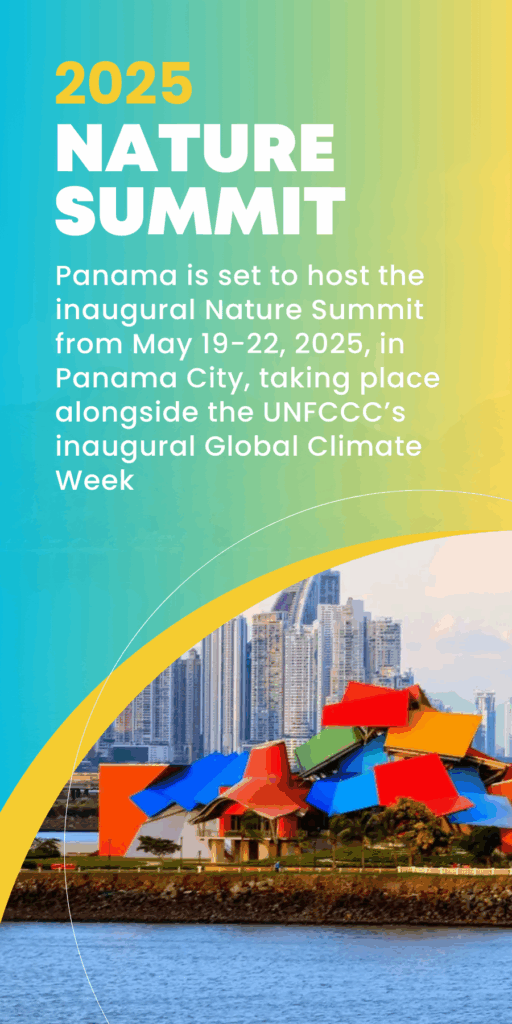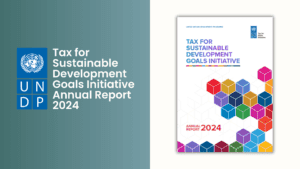This April, President Donald Trump announced a series of tariffs that have significant implications for the U.S. clean energy sector. These measures include a universal 10% import tariff on all goods, with higher rates for specific countries, notably a cumulative 54% tariff on Chinese imports.
Impact on Clean Energy Components
The clean energy industry heavily relies on imported components such as lithium-ion batteries, solar panels, and electric vehicle (EV) parts. The newly imposed tariffs are expected to increase the costs of these critical components, potentially hindering progress toward climate goals and energy transition targets.
Solar Energy Sector
The U.S. solar market, which has been experiencing rapid growth, is particularly vulnerable. Most solar equipment is imported from Southeast Asia—a region heavily affected by the tariffs. Developers may face increased costs, potentially leading to a slowdown in solar installations.
Wind Energy Sector
The wind energy sector is also facing challenges. Macquarie Group’s decision to halt the sale of its offshore wind company, Corio Generation, due to a lack of buyer interest, underscores the industry’s current struggles. Factors such as inflation in construction costs, rising interest rates, and supply chain issues are exacerbated by the new tariffs.
Economic Outlook
Economists are expressing concerns about the broader economic implications of these tariffs. The combination of increased trade barriers, federal downsizing, and other policy measures could hinder economic growth. Some financial experts warn of a potential recession, citing factors such as rising consumer prices and destabilized markets.
Conclusion
The newly imposed tariffs by the Trump administration present significant challenges to the U.S. clean energy sector. Increased costs for essential components and potential slowdowns in renewable energy projects could impede progress toward a sustainable energy future. The broader economic ramifications further underscore the need for careful consideration and strategic planning to navigate this complex landscape.
Related Article: The Global Climate Consequences of Escalating U.S. Trade Tensions












